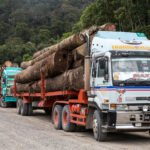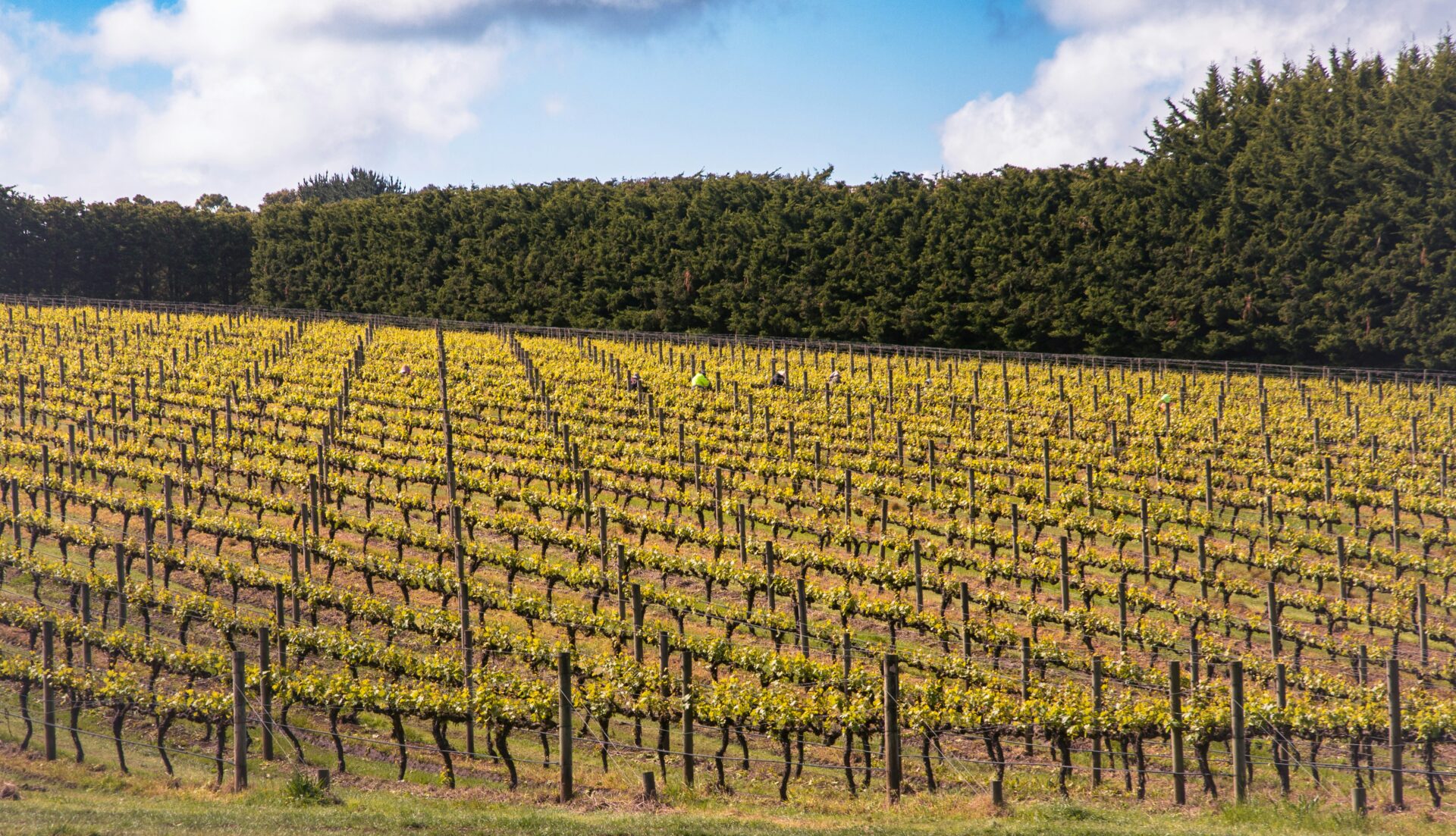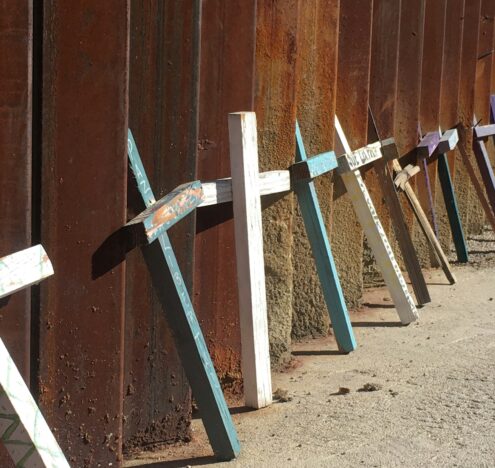Julie McIntyre turns her attention to women in the Australian wine industry in a new article at the Asia-Pacific Economic History Review. The article “draws upon a large-scale oral history project (Treading Out the Vintage 2000–2003) to make visible women as industry decision-makers between the 1960s and 1990s.”
McIntyre took interest in international business scholar Ann Matasar’s point that no other industry “so resolutely excluded women from positions of influence for so long.” By contrast, McIntrye found a more nuanced picture: “With family farming as the main entry point to the Australian industry, few women became decision-makers in this era, compared with women in urban sectors of the economy that benefited from gains in gender equality.”
The rise of the Australian wine industry coincided with increasing women’s rights: Australian wine production and trade was finally economically significant to the country in the 1990s, a development made possible by a critical mass of non-premium white wine beginning in the 1960s. A decade later, white women in Australia “gained increased access to higher education, childcare, and other support to join the paid workforce.” Nevertheless, “by the early 2000s Australian wine industry women—such as Brady—along with their peers worldwide, had not benefited as proportionally as did women in other sectors of the economy.”
Family Farming
But McIntyre, looking at her own article’s data set, reflects that “[m]ost of the women in this article’s data set were family farmers. Family farming in Australia has been historically conservative in attitudes to women’s participation in decision-making.”
Specifically, four of the 18 interviewees were daughters whose fathers worked in the wine industry, 11 had married men who work in the industry, and another’s male cousin constituted the link with the sector. Fathers and husbands provided the main avenues through which women gained access to industry participation.”
“Family farming in Australia has been historically conservative in attitudes to women’s participation in decision-making.”
Elsewhere, McIntyre observes, “For women without access to formal industry education to be involved in wine production, they had to have people — typically husbands and fathers — willing to teach and support them on the job.”
Rural backgrounds limited the avenues for professional advancement that white women in the wine industry had access to in a way that women working in urban economic sectors did not experience. And motherhood — and their work and roles on the farms where they lived and worked with their families — further limited what they could do.
McIntyre also looks at the ways women in the industry worked around conservative or even sexist attitudes and norms, writing, “Female strategies to achieve and sustain industry participation included a willingness to subsume femininity by leaning into the male expectation of female timidity.”
McIntrye acknowledges that the work she draws from treats gender as a binary, and that future research could and should consider a non-binary approach. Further, although McIntyre mentions Indigenous women, she mostly focuses on white women. Expanding this focus to include more diversity could also benefit future research.




















